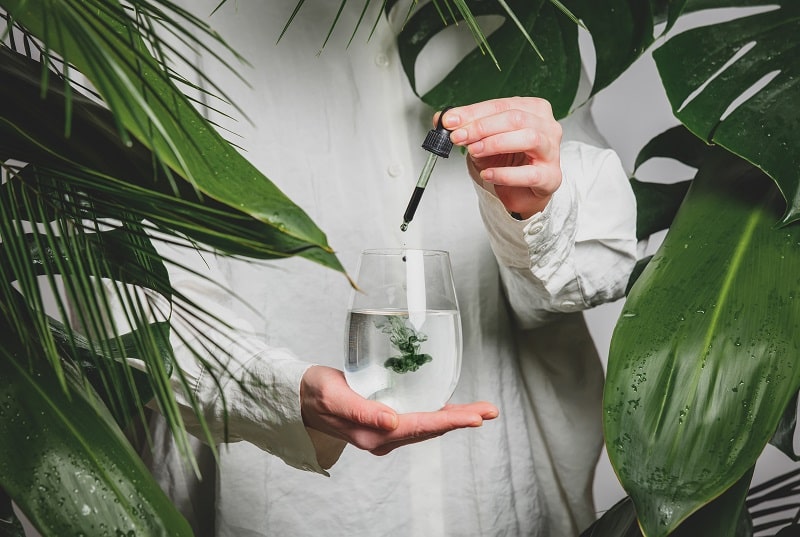Description
Chlorophyll is a green pigment found in the chloroplasts of plant cells. It plays a crucial role in photosynthesis, the process by which plants convert sunlight into energy.
Historical Context
The discovery of chlorophyll and its role in photosynthesis is attributed to various scientists throughout history, including Joseph Priestley and Jan Ingenhousz.
Production and Sourcing
Chlorophyll is naturally produced by plants during photosynthesis. It can also be extracted for various applications, including food and cosmetic products.
Applications
Chlorophyll is used in various industries, including food, cosmetics, and medicine. It is added to products for its green color and potential health benefits.
Regulatory Framework
The use of chlorophyll as a food and cosmetic ingredient is regulated to ensure safety and proper labeling.
Consumer Concerns
Chlorophyll supplements are generally safe when used as directed. However, some individuals may experience side effects, such as digestive issues.
Health and Safety
Chlorophyll is considered safe for most people when consumed in recommended amounts. It is often used as a dietary supplement for potential health benefits.
Applicable Products
Chlorophyll is used in a variety of products, including green food coloring, dietary supplements, and natural deodorants.
Alternatives
Natural and synthetic green colorants can be used as alternatives to chlorophyll in various applications.
Scientific Research
Scientific studies explore the potential health benefits of chlorophyll, including its antioxidant properties and potential role in managing certain health conditions.
Chemical Properties
Chlorophyll molecules contain a magnesium ion at their core, which gives them their green color and allows them to absorb sunlight for photosynthesis.
Case Studies
Case studies may investigate the effects of chlorophyll supplements on human health and its role in managing specific health conditions.
Future Trends
Future trends may involve further research into the potential health benefits of chlorophyll and its expanded use in food and cosmetic products.
Opinions
Opinions on chlorophyll vary, with some highlighting its natural origins and potential health advantages, while others focus on its use as a colorant in various products.
Warnings
Chlorophyll supplements are generally well-tolerated, but individuals should follow dosage recommendations to avoid potential side effects.
Synonyms
Chlorophyll is often referred to as the green pigment in plants.
Conclusion
Chlorophyll is a natural green pigment with diverse applications in the food, cosmetic, and health industries. While it is generally considered safe, individuals should exercise caution when using chlorophyll supplements and follow recommended guidelines.







